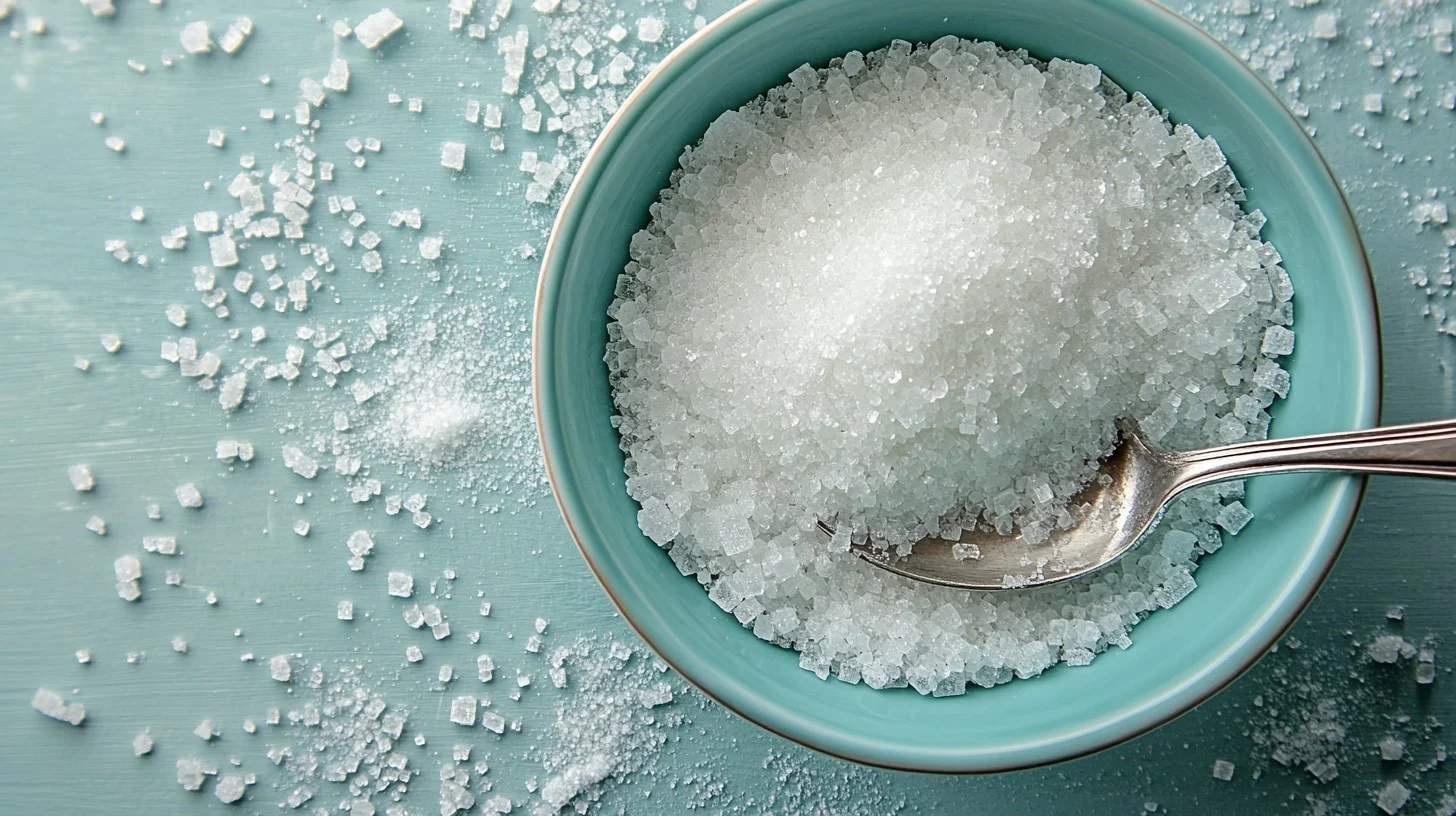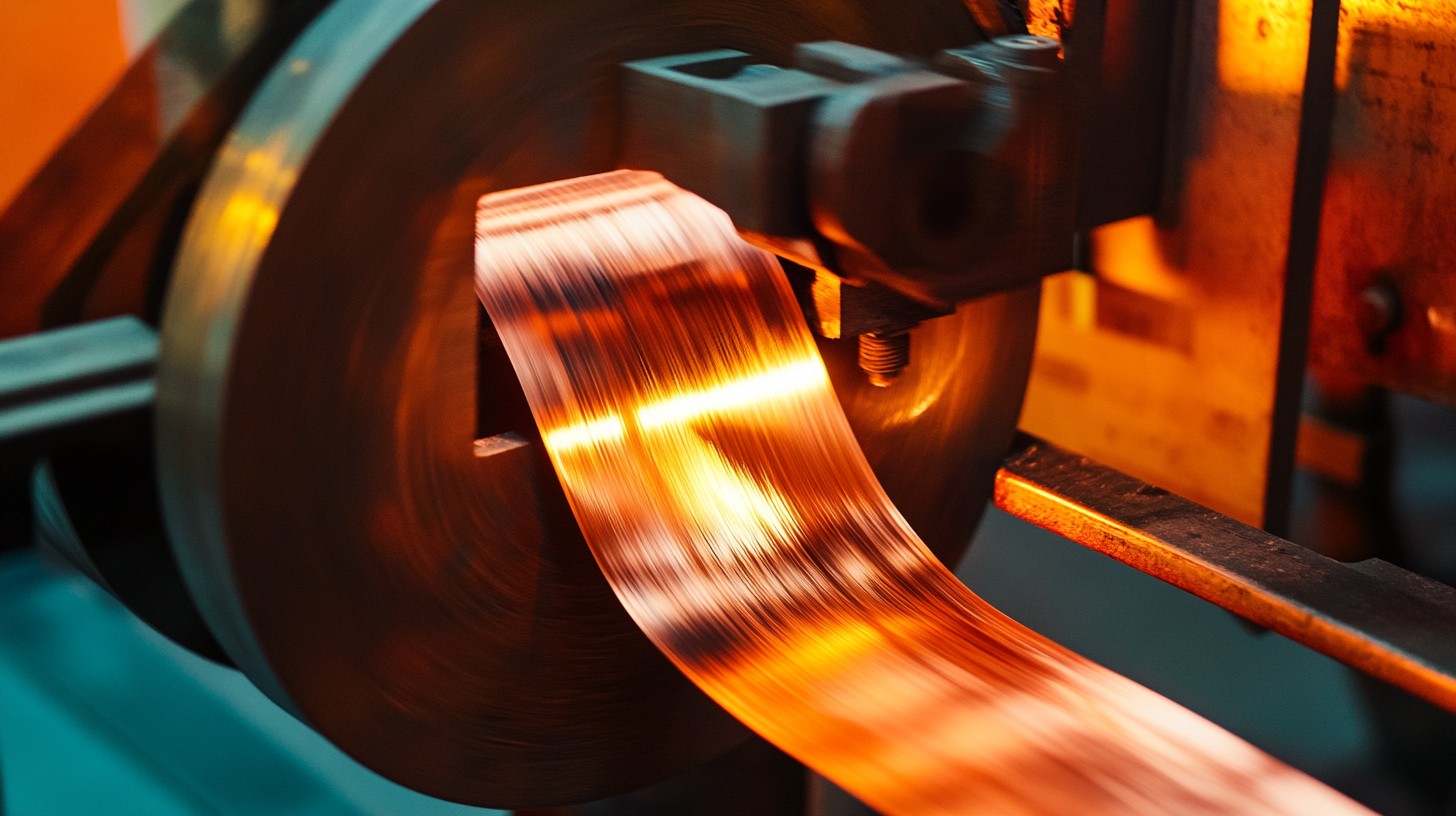
हिंदी में पढ़ने के लिए मेनू बार से हिंदी भाषा चयन करें।
Sugar—an essential ingredient that adds sweetness to our lives—has a fascinating journey from field to factory. While sugar may seem commonplace, its global industry holds incredible depth and complexity. This article takes you on an intriguing exploration of sugar manufacturing, uncovering its global demand, supply dynamics, key players, production processes, and the promising future that this industry holds.
The Global Sweet Spot: Demand and Supply of Sugar
The global sugar industry is one of the largest and most critical sectors of the agricultural market. The demand for sugar is driven by its use in various sectors, including food and beverages, pharmaceuticals, and bioenergy. Globally, sugar consumption has steadily increased, especially in developing nations where rising incomes and urbanization are driving higher consumption of processed foods and sugary beverages.
On the supply side, sugar production is highly concentrated in certain regions. Brazil, India, Thailand, and China lead as the largest producers of sugar. However, production levels are influenced by climatic conditions, government policies, and market prices, making supply highly volatile.
Global Leaders in Sugar Production
- Brazil: The undisputed leader, Brazil contributes nearly 40% of global sugar exports. Its vast sugarcane fields and efficient production techniques make it a dominant player in the industry.
- India: As the second-largest producer, India accounts for around 20% of the global sugar output. However, most of its production caters to domestic demand.
- Thailand: Renowned for its high-quality sugar exports, Thailand ranks third globally.
- China: While China is a significant producer, it also heavily imports sugar to meet its growing domestic demand.
The Art of Sugar Manufacturing
Sugar production begins in the fields where sugarcane or sugar beets are cultivated. Here’s a simplified overview of the process:
- Harvesting: Sugarcane is harvested manually or mechanically.
- Crushing: The cane is crushed to extract juice.
- Clarification: The extracted juice is treated with lime and heated to remove impurities.
- Evaporation: The clarified juice is concentrated into a syrup through evaporation.
- Crystallization: The syrup is seeded with sugar crystals to initiate crystallization.
- Centrifugation: The crystals are separated from molasses.
- Drying: The raw sugar is dried and packaged.
India’s Sugar Giants
India’s sugar industry is vast, with several prominent players leading the market:
- Balrampur Chini Mills: One of India’s largest integrated sugar companies. In the last fiscal year, it reported revenue of ₹4,750 crore and a net profit of ₹310 crore.
- Shree Renuka Sugars: A global leader in sugar refining, the company recorded revenue of ₹12,000 crore with a profit of ₹250 crore.
- Dhampur Sugar Mills: Known for its diversified portfolio, including ethanol, it achieved revenue of ₹3,600 crore and a net profit of ₹215 crore last year.
The Future of Sugar Manufacturing
The sugar industry is at a crossroads, with emerging trends shaping its future:
- Ethanol Production: Sugarcane is increasingly being diverted to produce ethanol, which is used as a biofuel. This shift could stabilize sugar prices and enhance profitability.
- Sustainability: Companies are adopting sustainable practices to minimize environmental impact.
- Health Trends: With growing awareness of health issues, the industry is focusing on producing low-calorie and alternative sweeteners.
Investment Opportunities
The sugar industry offers promising investment avenues, especially in areas like ethanol production and value-added products. Government policies, such as ethanol blending mandates in India, have made this sector more attractive for investors.
Conclusion
Sugar manufacturing is more than just producing a sweetener; it is a complex and dynamic industry with significant economic and social impact. From the fields of Brazil to the factories of India, the journey of sugar highlights the interconnectedness of global trade, technology, and sustainability. With promising opportunities in ethanol and alternative sweeteners, the future of the sugar industry is poised for innovation and growth.




































































